If you're on the hunt for the perfect espresso coffee beans, you've come to the right place. These beans pack a punch with rich flavors and that smooth, creamy texture you crave in a shot of espresso. Find your favorite roast and get ready to elevate your coffee game right at home!
Espresso Coffee Beans
Discover rich and bold flavors that elevate your espresso experience
Product List

Lavazza Espresso Whole Beans 1kg
Lavazza
Product Review Score
4.18 out of 5 stars
160 reviews$23.85
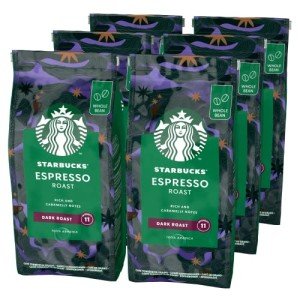
Starbucks Whole Bean Espresso
Starbucks
Product Review Score
4.19 out of 5 stars
216 reviews$27.37 $25.96

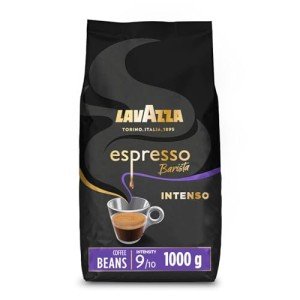
Lavazza Barista Intenso Beans
Lavazza
Product Review Score
4.2 out of 5 stars
148 reviews$48.95 $31.00
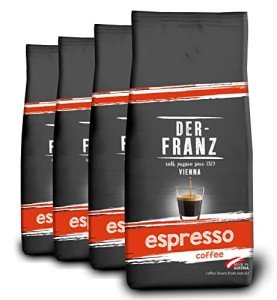
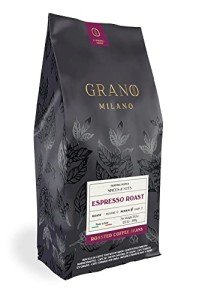
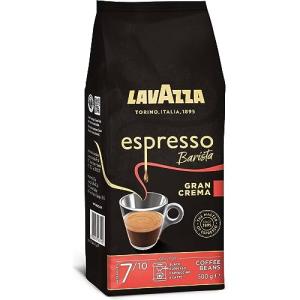

Pellini Vivace Espresso Beans 1kg
Pellini
Product Review Score
4.87 out of 5 stars
184 reviews$33.75
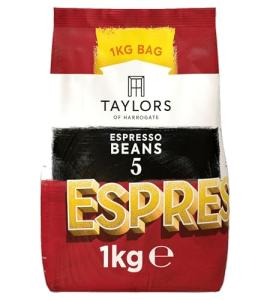
Harrogate 1kg Espresso Beans
Taylors Of Harrogate Coffee
Product Review Score
4.98 out of 5 stars
220 reviews$50.57


L'OR Forza Espresso Beans 500g
L'or
Product Review Score
4.34 out of 5 stars
20 reviews$24.86 $19.95
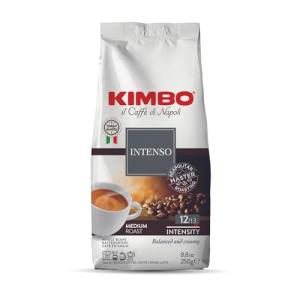
Espresso coffee is more than just a drink; it is an experience that encompasses rich flavors, complex aromas, and an intense caffeine kick. Central to this experience are the espresso coffee beans used to brew this beloved beverage. In this comprehensive guide, we delve into the world of espresso coffee beans, exploring their types, brewing methods, storage tips, and much more.
Understanding Espresso Coffee Beans
Espresso coffee beans are not a distinctly different type of bean but rather, a brewing style that relies on specific qualities of the beans. The coffee beans used for espresso can be sourced from a variety of regions and come in different roasts, resulting in a wide spectrum of flavors and characteristics.
Types of Coffee Beans
The two primary types of coffee beans used in espresso are Arabica and Robusta. Below is a comparative table summarizing their characteristics:
| Type | Flavor Profile | Caffeine Content | Acidity | Growing Conditions | Common Uses |
|---|---|---|---|---|---|
| Arabica | Sweet, soft, and fruity | Lower (1.2% - 1.5%) | Higher | Mountainous regions | Specialty coffees, espresso beverages |
| Robusta | Bitter, earthy, and nutty | Higher (2.2% - 2.7%) | Lower | Hardy climates | Instant coffees, cheaper espresso blends |
Blend vs. Single Origin
Espresso can also be categorized into blends and single-origin coffees.
- Blends: These are mixtures of different types of coffee beans sourced from various locations. Blending can create a balanced flavor profile by combining the best characteristics of multiple beans.
- Single Origin: These beans come from a specific region, farm, or even a single lot. They retain unique flavor characteristics associated with their origin, which can allow for more complex tasting experiences.
Coffee Bean Roasting Levels
The roast level significantly affects the flavor of the beans and hence the espresso produced. The following table displays the general categories of roasting levels along with their characteristics:
| Roast Level | Appearance | Flavor Profile | Ideal for Espresso |
|---|---|---|---|
| Light Roast | Light brown | Bright acidity, floral notes | Less commonly used |
| Medium Roast | Medium brown | Balanced flavor, subtle sweetness | Common choice |
| Dark Roast | Dark brown/black | Rich, bold flavors, low acidity | Most frequently used |
Peak Freshness
When it comes to espresso, the freshness of coffee beans is paramount. Ideally, beans should be brewed within two to four weeks post-roasting for optimal flavor.
Brewing Espresso
To brew espresso, it is crucial to grind coffee beans to a finer consistency compared to regular coffee. The grind size is instrumental in ensuring efficient extraction of flavors during brewing. Espresso machines operate under high pressure, typically between 9 to 15 bars, forcing hot water through the coffee grounds.
Essential Factors
- Water Quality: Use filtered water to prevent any off-flavors affecting the taste of your espresso.
- Temperature: The ideal water temperature for brewing espresso is between 190°F and 205°F (88°C to 96°C).
- Tamping: This is the process of packing the coffee grounds evenly in the portafilter, ensuring uniform extraction.
Storing Your Espresso Beans
Proper storage is essential for maintaining the freshness and flavor of coffee beans. Below are the recommended practices:
| Storage Method | Description | Ideal Duration |
|---|---|---|
| Airtight Containers | Store in dark, sealed containers to limit exposure to air and light. | 2-4 weeks post-roasting |
| Freezing | For long-term storage, beans can be frozen in airtight bags. | Up to 6 months (avoid thawing repeatedly) |
| Avoid Fridge | Do not store beans in the refrigerator due to moisture and temperature fluctuations. | Not recommended |
Frequently Asked Questions (FAQ)
1. How do I choose the right coffee beans for my espresso?
Selecting the right beans depends on personal taste preferences. Experiment with different blends and single-origin coffees to find the flavors you enjoy. Both medium and dark roasts are popular for espresso.
2. What grind size should I use for espresso?
A fine grind is typically recommended for espresso. The particles should be similar to ultrafine sand, allowing for a meaningful extraction in the short brewing time of espresso.
3. How long do espresso beans stay fresh?
Coffee beans are best consumed within two to four weeks of roasting for optimal freshness. After that, they will gradually lose their flavor and aroma.
4. Can I use regular coffee beans for espresso?
Yes, you can use regular coffee beans, but for a traditional espresso experience, it is best to use beans specifically labeled for espresso. The flavor intensity and brewing method differ significantly.
5. How can I enhance the flavor of my espresso?
Experiment with variables like coffee origin, roasting levels, water quality, and brewing temperature. Additionally, consider trying different brewing methods, such as using a French press for variations on espresso.
Espresso coffee beans play a vital role in the overall quality of your espresso experience. Understanding the types, roast levels, and the best storage practices can elevate your coffee game significantly. Remember, the joy of coffee lies in exploration—so don’t hesitate to branch out and try new beans, blends, or brewing methods. Whether you are enjoying a classic espresso shot, a velvety cappuccino, or a vibrant flat white, the journey starts with the perfect espresso coffee bean.